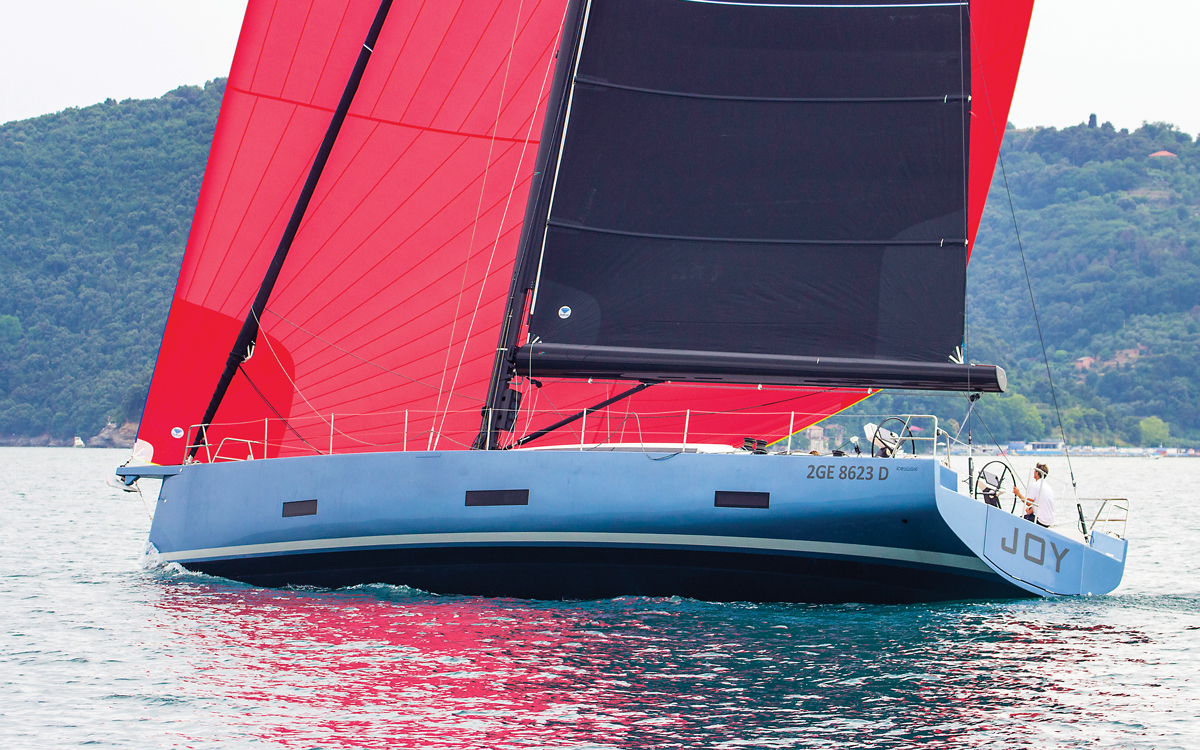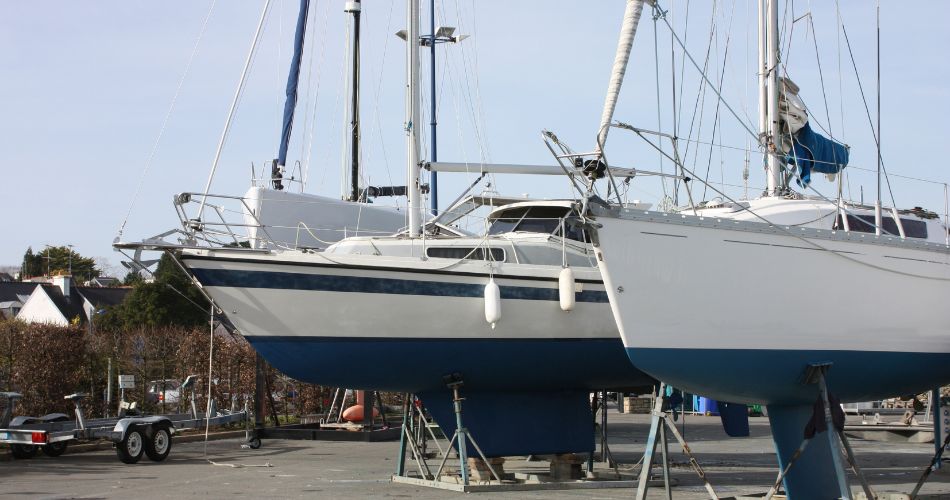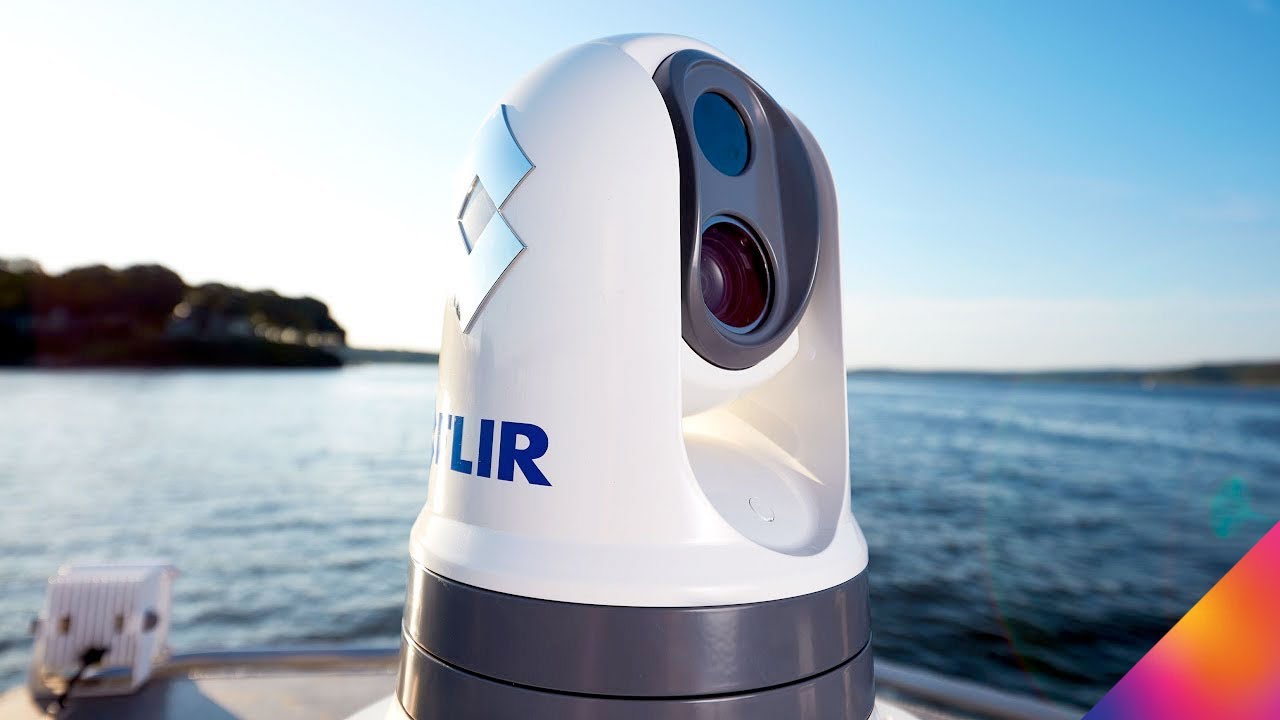Unlock the Joy of Boating with Professional Boating Services Boating is a great way to…
Boating Under the Stars: Enhance Your Nighttime Cruises with Night Vision Technology
As the sun sets, the darkness of night falls over the water. But don’t let that stop you from enjoying your favorite nighttime activities on the boat. With the advancements in night vision technology, you can now enjoy the beauty of the night sky with a greater level of safety and security. Here we will discuss the benefits of using night vision tech while out on the water, as well as the different types of night vision available.
The Benefits of Using Night Vision Technology
Night vision technology can be used to improve your boat’s visibility and safety while navigating in low light conditions. With night vision, you can see clearly and accurately, even when there is no moonlight. This allows you to spot hazards, other vessels, and other obstacles that may be in your path. In addition, night vision can provide an increased level of security as you can see who or what is approaching your boat in the dark.
Types of Night Vision Technology
There are three main types of night vision technology available for boaters. These include thermal imaging, passive night vision, and active night vision.
Thermal Imaging: Thermal imaging uses infrared light to detect objects, including people and other vessels. Thermal imaging is great for spotting hazards and other objects that may be difficult to see in the dark.
Passive Night Vision: Passive night vision uses ambient light to amplify the image of objects. This type of night vision is great for spotting other vessels and obstacles in the dark.
Active Night Vision: Active night vision uses a bright light source, such as a headlamp, to illuminate objects. This type of night vision is great for spotting obstacles and other vessels in the dark.
How to Choose the Right Night Vision Technology for Your Boat
When choosing the right night vision technology for your boat, there are a few factors to consider. First, think about the type of environment you will be boating in. If you are out on open water in the dark, thermal imaging may be your best option, as it can detect objects from farther distances. If you will be in tight quarters, such as near a shoreline, passive night vision may be your best bet, as it can detect objects from closer distances.
In addition, consider the size of your boat and the type of activity you will be doing. If you have a larger boat, you may want to invest in a more powerful night vision system, such as active night vision. If you are engaging in activities such as fishing or cruising, then you may want to opt for a lighter, more portable system such as passive night vision.
Conclusion
Night vision technology is an invaluable tool for boaters who wish to explore the beauty of the night sky while out on the open water. With the right night vision system, you can navigate safely and securely in low light conditions. Consider the type of environment and activities you will be engaging in when choosing the right night vision technology for your boat.
No matter what type of night vision you choose, you can rest assured that you will be able to enjoy your favorite nighttime activities while on the water with a greater level of safety and security. So, don’t let the darkness of night keep you from taking advantage of the beauty and fun of nighttime cruising on the open water. With the right night vision technology, you can explore the night sky in style and safety.
Note: This article is for informational purposes only and should not be used as a substitute for professional advice. Please consult with a licensed professional if you have any questions or concerns.





